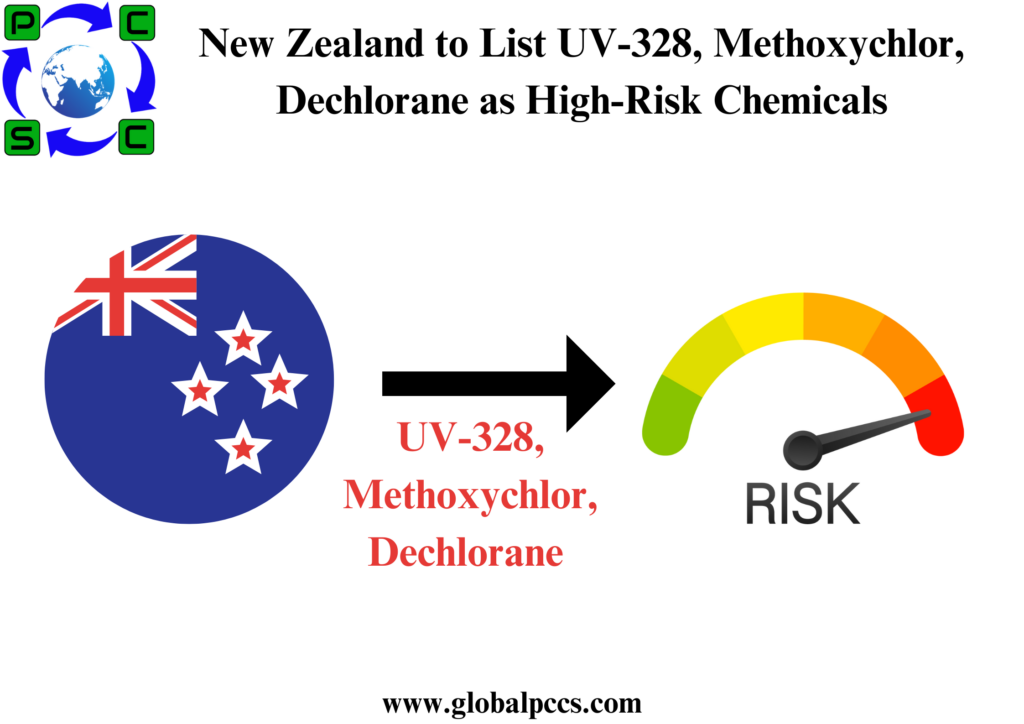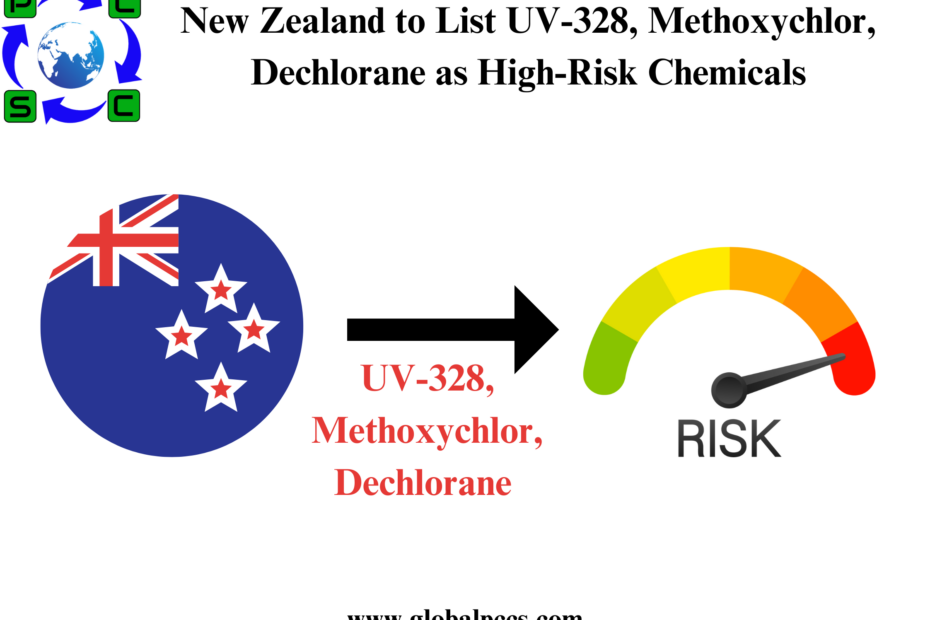 In response to the Stockholm Convention on Persistent Organic Pollutants, the New Zealand Environmental Protection Authority (EPA) has launched a public consultation to include Methoxychlor, Dechlorane Plus, and UV-328 in Schedule 2A of the HSNO Act. Per the Convention’s guidelines, New Zealand must enforce this integration by February 26, 2025. Once listed, these substances will face strict restrictions on import, export, and use, with limited exemptions. Feedback from the public is welcomed until September 2024.
In response to the Stockholm Convention on Persistent Organic Pollutants, the New Zealand Environmental Protection Authority (EPA) has launched a public consultation to include Methoxychlor, Dechlorane Plus, and UV-328 in Schedule 2A of the HSNO Act. Per the Convention’s guidelines, New Zealand must enforce this integration by February 26, 2025. Once listed, these substances will face strict restrictions on import, export, and use, with limited exemptions. Feedback from the public is welcomed until September 2024.
Methoxychlor
As per the latest updates from the Stockholm Convention on POPs, methoxychlor receives no exemptions, and New Zealand will similarly not provide any.
Dechlorane
Permitted uses until 2030:
- Aerospace industry
- Space exploration and defense sectors
- Medical imaging and radiation therapy facilities
Allowed for maintenance and replacements until 2044:
- Aerospace and defense industries
- All land vehicles
- Fixed industrial machinery in agriculture, forestry, and construction
- Marine, horticultural, forestry, and outdoor power equipment
- Analytical, measuring, controlling, and testing instruments
- Medical and diagnostic equipment
UV-328
Uses allowed before 2030:
- Components for terrestrial vehicles
- Industrial coatings for vehicles, construction equipment, rail cars, and major steel structures
- Mechanical separators in blood collection tubes
- Triacetyl cellulose (TAC) films in polarizers
- Photographic paper
Permitted uses for replacement parts and maintenance until 2044:
- Terrestrial motor vehicles
- Stationary machinery in agriculture, forestry, and construction
- Non-medical liquid crystal displays
- Liquid crystal displays in medical devices and instruments
Next Steps
Following the public consultation, the New Zealand EPA will compile feedback and submit a detailed report to the Environment Minister. This summary will also be available on the EPA’s official website. Additionally, the EPA will seek approval to amend the HSNO Act to include these three chemicals in the regulations. Upon authorization, these amendments will be implemented.








 Authorised IMDS & CDX Training & Consulting partner for
Authorised IMDS & CDX Training & Consulting partner for






